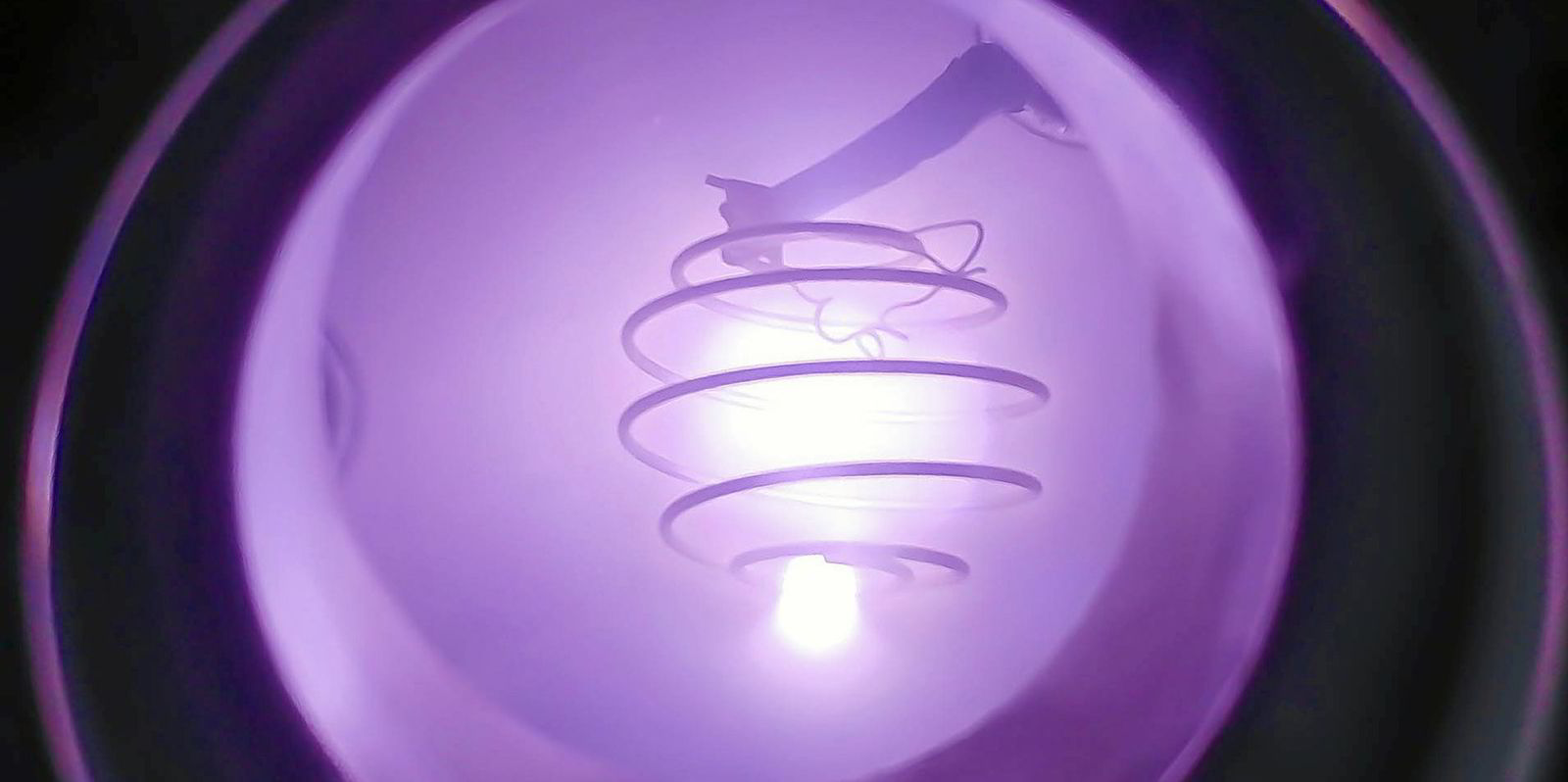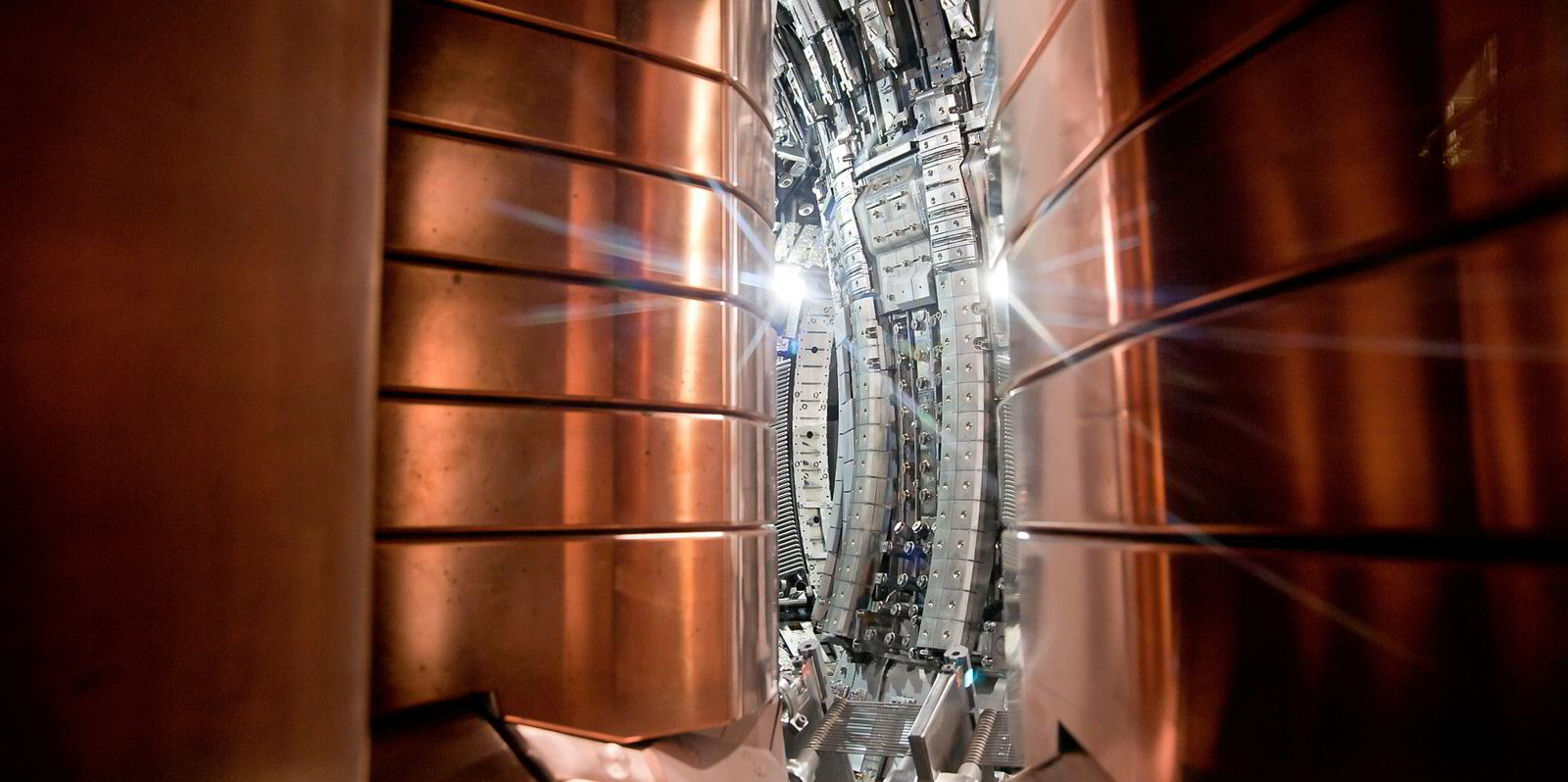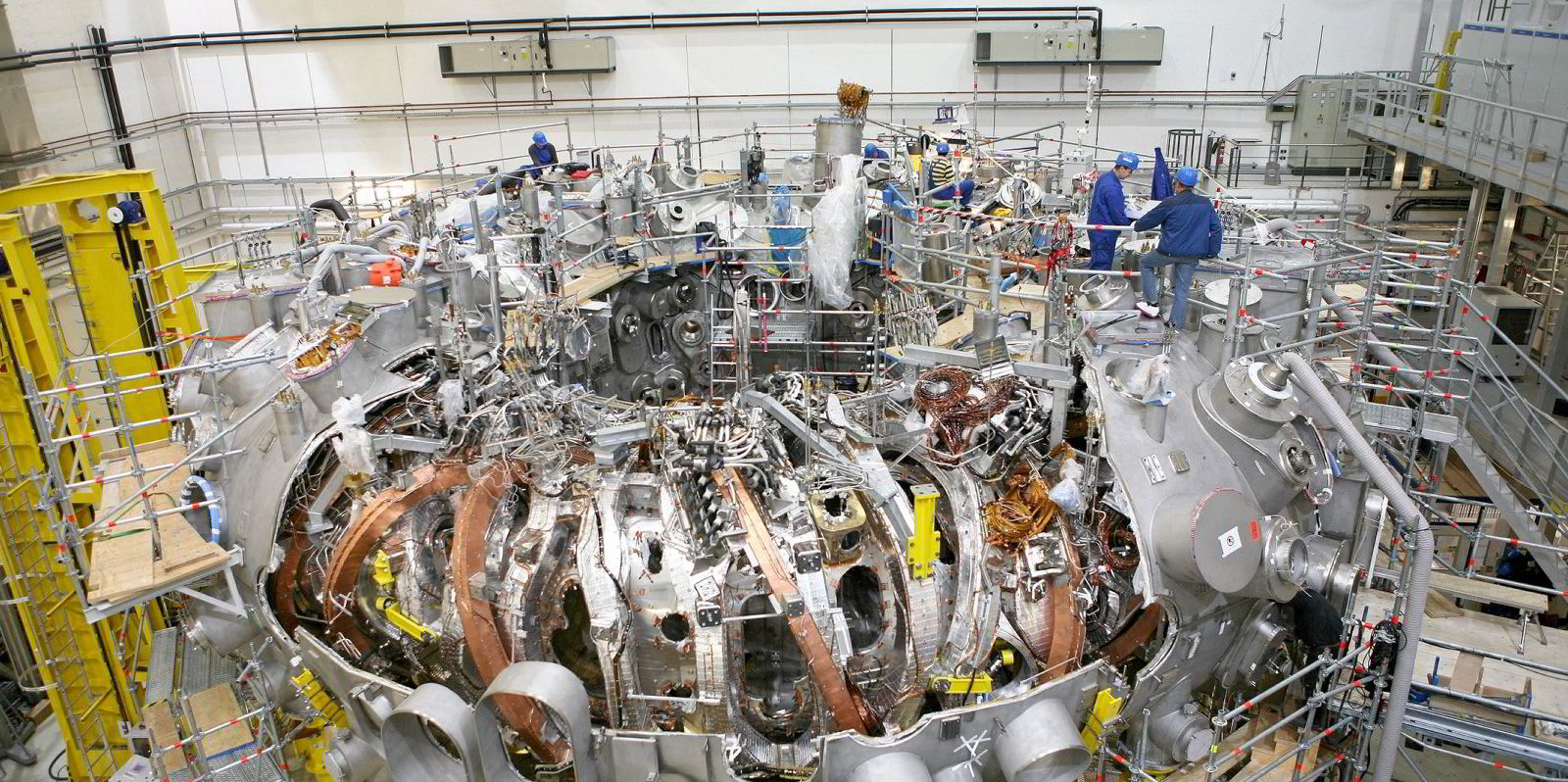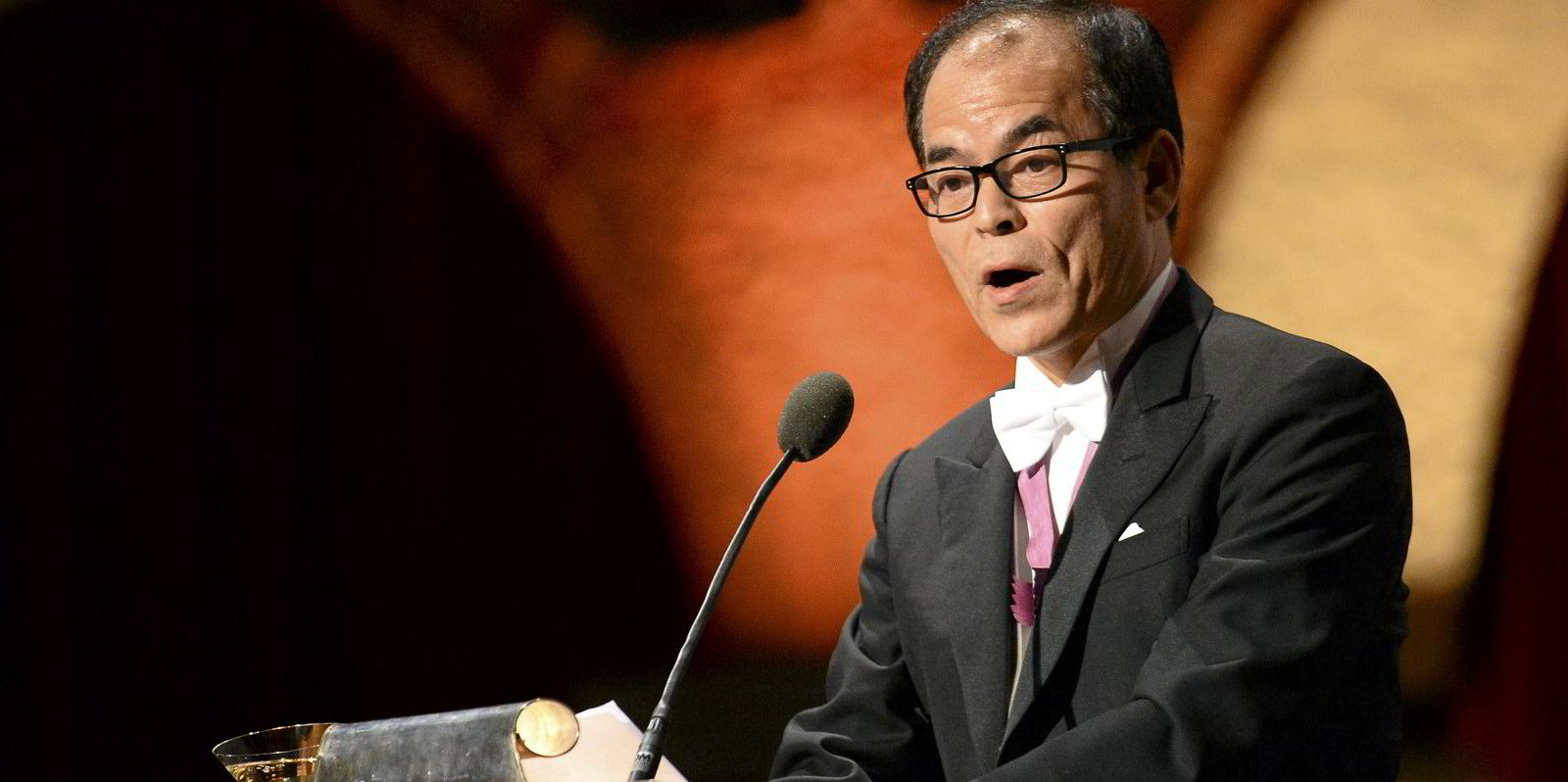Renewables can only take the world so far in its race to net zero, says Fusion Industry Association chair Christofer Mowry, who argues that the energy transition’s nuclear weapon has now “emerged from the shadows” to finish the job.
“This is a very interesting time for the fusion sector,” said Mowry. “A time where the focus is shifting from proving that the science of fusion works to the real endgame, which is commercialising a viable and practical fusion energy technology.”
As chair of the Fusion Industry Association, Mowry is taking a leading role in bringing star power to Earth. Mowry, a veteran of the industry, was also last year appointed as CEO of US developer Type One Energy, having previously led Canada’s General Fusion.
Fusion uses the same process that generates light and heat from stars, fusing hydrogen and other light elements to release huge amounts of power. Its promise of limitless clean energy has seen it labelled a “holy grail” technology in the race to net zero.
And after decades of research into the field, it has reached a pivotal moment. A US team in 2022 achieved the historic milestone of reaching fusion ignition – getting more energy out of a reaction than was put in. A UK lab more recently broke the record for power generated from a fusion reaction.
Now, Mowry tells Recharge that fusion is garnering “more and more interest” from governments as they “struggle to figure out” how to hit energy transition targets they made at the recent COP28 climate summit in Dubai and elsewhere.
Governments are “taking a look at the portfolio of technologies that exist today and finding them lacking,” he said.
“Fusion emerged from the shadows at COP28,” said Mowry, pointing to the US laying out a first international strategy for commercialising fusion power, as well as a raft of conference meetings dedicated to the sector.
“I really felt like finally fusion was a serious part of the conversation about how you actually achieve the goal of net zero.”
‘Opportunities for renewables will start to run out’
Opportunities for “easy and effective deployment of renewables will start to run out sometime in the 2030s,” said Mowry, as available land suitable for wind and solar farms becomes scarcer.
The intermittent nature of wind and solar also means there is a limit to the “practical amount” of such facilities that can be added into an energy grid, he argued.
“You need a baseload complement to renewables,” he said. The question then becomes: “How are you going to finish this journey to net zero?”
Today, most of that baseload capacity comes from coal, said Mowry, with more than 2TW of capacity online globally.
“In a simplistic way,” he said you can look at fusion as a means of “replacing those two terawatts.”
Fusion can also go places that renewables cannot, claimed Mowry.
Take Singapore, which imports almost all its energy as natural gas from its neighbours and cannot “practically generate” all its energy from renewables, he said. Fusion offers a “form of energy security that is unique.”
Mowry believes that the first fusion powerplants could come online in the mid-2030s. The challenge between now and then, he said, is industrialising technologies that have been developed in laboratories.
Type One Energy, which has received backing from Breakthrough Energy Ventures, the innovation fund of Microsoft founder Bill Gates, is developing a stellarator machine.
These use magnetic fields to hold plasma in the shape of a doughnut, called a torus. Stellarators are said to be harder to manufacture but easier to use than their better-known cousin, the tokamak, which has long dominated the sector.
Mowry said that fusion will also be crucial to generating power for direct air capture, technologies that suck CO2 from the air. It is distinct from carbon capture, which targets emissions at the point they are generated, such as a power plant.
“Even if you get to net zero carbon emissions the world is going to keep heating up because of all the carbon in the atmosphere,” said Mowry.
“So just getting to net zero is not victory, you’ve got to then run the industrial revolution in reverse,” he said.
That means we must generate the “same amount of energy as 300 years of burning coal” in a carbon-free way “to take that all back out of the atmosphere.”
“Otherwise net zero isn’t going to do you any good.”
“Direct air capture is a really important piece of this that transcends net zero and where is that energy going to come from? It is the most energy-intensive thing you can think about.”
Fusion could be the answer, believes Mowry. “Fusion is the most powerful form of energy in the universe,” he said, “it’s the power of the stars.”
“The world is going to need fusion. It’s a matter of time and hopefully not too much more time.”







